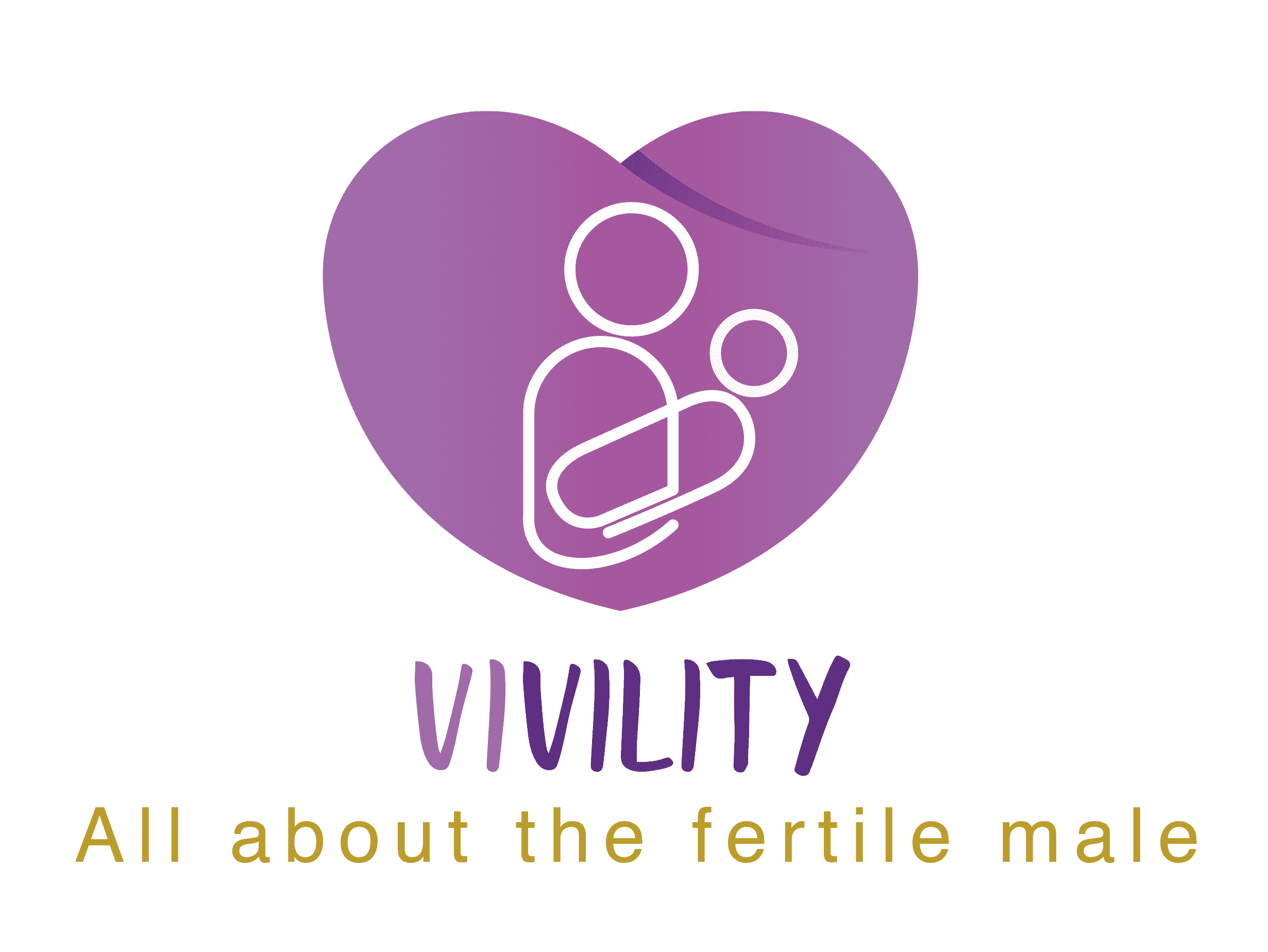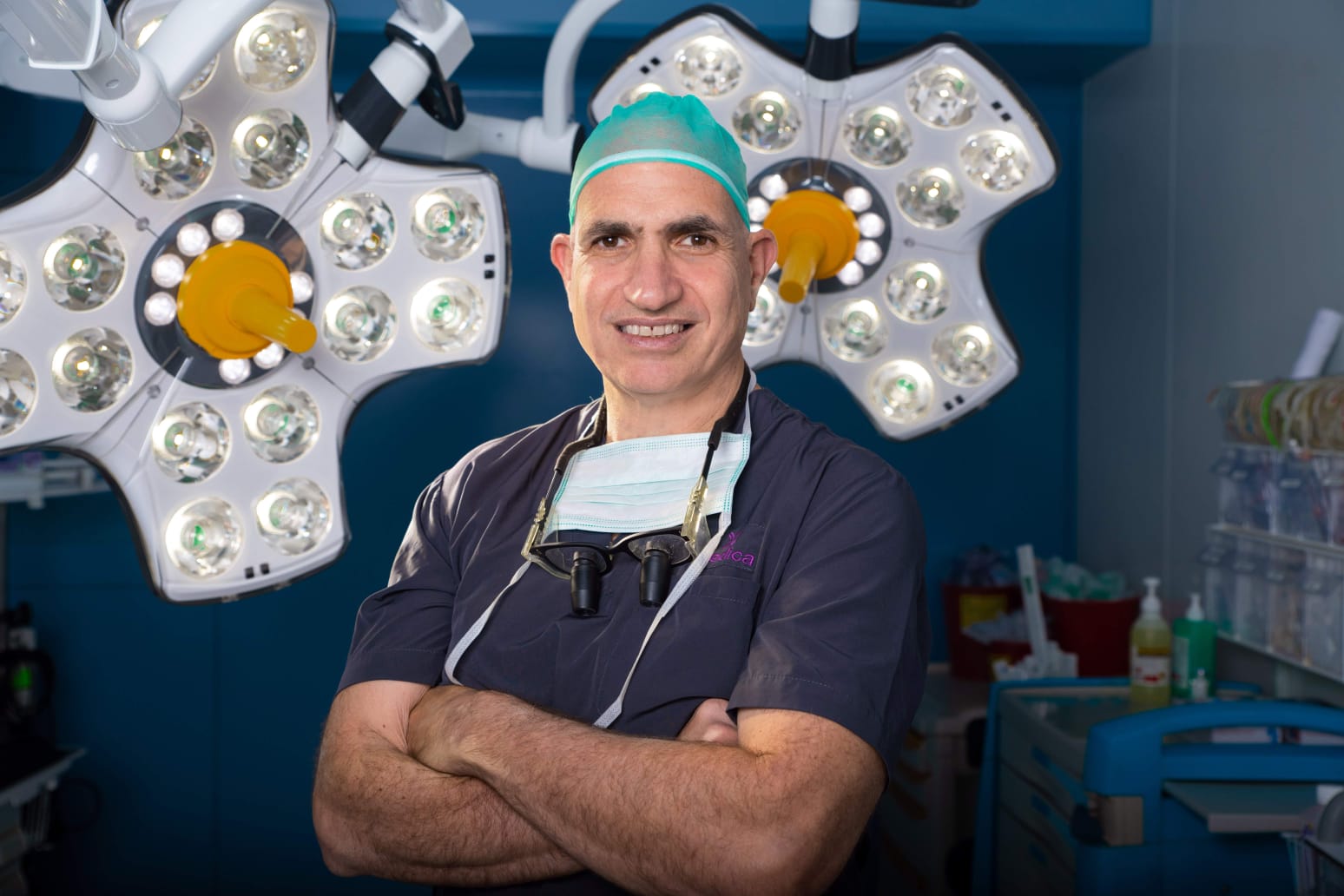Noticed a change in the size of one or both testicles? It might feel alarming, but you’re not alone. Testicular atrophy—the shrinking of the testicles—is more common than most men realize and can be caused by several factors, from hormone imbalances to infections or lifestyle choices.
While the symptoms can be subtle at first, they’re worth paying attention to, especially if you’re concerned about fertility, sex drive, or overall health. In this article, we’ll break down the common causes, signs to watch for, and treatment options to help you take control and get the answers you need.
Understanding Testicular Atrophy
What is testicular atrophy?
Testicular atrophy refers to the shrinking of the testicles, which can lead to reduced function and size. This condition can affect one or both testicles and may result from various underlying causes. The testicles are responsible for producing sperm and testosterone, so any change in their size can have significant implications for a man’s health and fertility.
Prevalence and statistics
According to the National Institute of Health, approximately 1 in 100 men experience some degree of testicular atrophy during their lifetime. This statistic highlights the importance of understanding the condition and seeking timely medical advice. Early detection and intervention can help manage symptoms and prevent further complications.
- Testicular atrophy affects 1% of men.
- Early diagnosis is crucial for effective management.
- Awareness can lead to better health outcomes.
Signs and Symptoms of Testicular Shrinkage
Symptoms before puberty
In boys who have not yet reached puberty, testicular atrophy can manifest as a delay in the development of secondary sexual characteristics. This may include a lack of growth in the testicles, penis, and scrotum, as well as a delay in the deepening of the voice and growth of body hair.
Symptoms after puberty
For men who have already gone through puberty, symptoms of testicular atrophy may include a noticeable reduction in testicle size, decreased libido, and potential infertility. Other signs can include reduced muscle mass, fatigue, and mood changes due to decreased testosterone levels.
- Delayed puberty signs in boys.
- Reduced testicle size in men.
- Decreased libido and potential infertility.
Common Causes of Testicular Atrophy
Age-related factors
As men age, natural hormonal changes can lead to a gradual reduction in testicle size. This is often a normal part of aging but can be exacerbated by other health conditions or lifestyle factors.
Hormonal imbalances
Hormonal imbalances, such as low testosterone levels or conditions like hypogonadism, can lead to testicular atrophy. These imbalances can affect the body’s ability to produce sperm and testosterone effectively.
Orchitis and infections
Orchitis, an inflammation of the testicles often caused by infections like mumps, can lead to testicular atrophy. Infections can damage the testicular tissue, leading to shrinkage and reduced function.
Varicoceles and testicular torsion
Varicoceles, which are enlarged veins in the scrotum, can impair blood flow and lead to testicular atrophy. Testicular torsion, a medical emergency where the testicle twists and cuts off its blood supply, can also cause atrophy if not treated promptly.
Alcohol and substance abuse
Excessive alcohol consumption and substance abuse can negatively impact hormone levels and lead to testicular atrophy. These substances can interfere with the body’s ability to produce testosterone and maintain healthy testicular function.
Anabolic steroid use
The use of anabolic steroids can lead to testicular atrophy by disrupting the body’s natural hormone balance. Steroids can cause the body to reduce its own testosterone production, leading to shrinkage of the testicles.
What are the normal testis sizes?
Average testicle size by age group
Testicle size can vary based on age and individual factors. On average, adult testicles measure about 4-5 cm in length and 2.5 cm in width. However, these measurements can differ slightly among individuals.
How is testis size measured clinically?
Clinicians measure testis size using an orchidometer, a medical instrument that helps assess the volume of the testicles. This tool provides a reliable way to determine if testicular atrophy is present.
When does testis size indicate a medical concern?
A significant reduction in testicle size, especially if accompanied by other symptoms, may indicate a medical concern. It is essential to consult a healthcare professional if you notice any changes in testicle size or function.
|
Age Group |
Average Testicle Size (cm) |
|
Children |
1-3 |
|
Adolescents |
3-4 |
|
Adults |
4-5 |
- Testicle size varies by age.
- Orchidometer used for measurement.
- Significant size reduction is concerning.
Risks of Testicular Atrophy
Impact on fertility and hormone production
Testicular atrophy can significantly impact fertility by reducing sperm production. It can also affect hormone production, leading to decreased testosterone levels and associated symptoms.
Psychological and emotional effects
The physical changes associated with testicular atrophy can lead to psychological and emotional effects, including anxiety, depression, and reduced self-esteem. These effects can further impact a man’s quality of life.
Underlying conditions associated with testicular shrinkage
Testicular atrophy can be a symptom of underlying health conditions, such as hormonal disorders or chronic illnesses. Identifying and treating these conditions is crucial for managing atrophy and preventing further complications.
- Reduced fertility and hormone levels.
- Emotional and psychological impact.
- Linked to underlying health issues.
Diagnosing Testicular Atrophy
Physical examination
A physical examination by a healthcare professional is often the first step in diagnosing testicular atrophy. The doctor will assess the size and consistency of the testicles and look for any signs of underlying conditions.
Ultrasonography
Ultrasonography is a non-invasive imaging technique used to evaluate the structure of the testicles. It can help identify abnormalities, such as varicoceles or tumors, that may contribute to atrophy.
Laboratory tests
Laboratory tests, including hormone level assessments, can provide valuable information about the underlying causes of testicular atrophy. These tests can help determine if hormonal imbalances or other factors are contributing to the condition.
Treatment Options for Testicular Shrinkage

Medication and hormone therapy
Medications and hormone therapy can help manage testicular atrophy by addressing underlying hormonal imbalances. Testosterone replacement therapy may be recommended for men with low testosterone levels.
Surgical interventions
Surgical interventions may be necessary for conditions like varicoceles or testicular torsion. Surgery can help restore blood flow and prevent further damage to the testicles.
Lifestyle modifications
Lifestyle modifications, such as reducing alcohol consumption and avoiding anabolic steroids, can help prevent further testicular atrophy. Maintaining a healthy lifestyle can also support overall testicular health.
- Hormone therapy for imbalances.
- Surgery for structural issues.
- Lifestyle changes for prevention.
Living with Testicular Atrophy
Coping strategies
Living with testicular atrophy can be challenging, but coping strategies can help manage the condition. Seeking support from healthcare professionals, counselors, and support groups can provide valuable guidance and emotional support.
Fertility concerns
Men with testicular atrophy may have concerns about fertility. Consulting with a fertility specialist at Vivility can provide information about available options, such as assisted reproductive technologies, to help achieve parenthood.
- Seek professional support.
- Explore fertility options.
- Join support groups for guidance.
Prevention and Risk Reduction
Preventing testicular atrophy involves addressing risk factors and maintaining a healthy lifestyle. Regular medical check-ups, avoiding substance abuse, and managing underlying health conditions can help reduce the risk of atrophy.
- Regular health check-ups.
- Avoid substance abuse.
- Manage health conditions.
Final Thoughts
Testicular atrophy is a condition that can have significant implications for a man’s health and well-being. Understanding the symptoms, causes, and treatment options is crucial for managing the condition effectively. Early diagnosis and intervention can help prevent further complications and improve quality of life.
Frequently Asked Questions
What are the early signs of testicular atrophy?
Early signs of testicular atrophy include a noticeable reduction in testicle size and changes in texture. Men may also experience decreased libido and energy levels. It’s important to seek medical advice if you notice these changes.
Can testicular atrophy be reversed?
In some cases, testicular atrophy can be reversed, especially if the underlying cause is identified and treated early. Hormone therapy and lifestyle changes can help restore testicular function. However, the extent of recovery may vary.
How does testicular atrophy affect fertility?
Testicular atrophy can significantly impact fertility by reducing sperm production. Men with atrophy may experience difficulty conceiving naturally. Consulting with a fertility specialist can provide guidance on available options.


